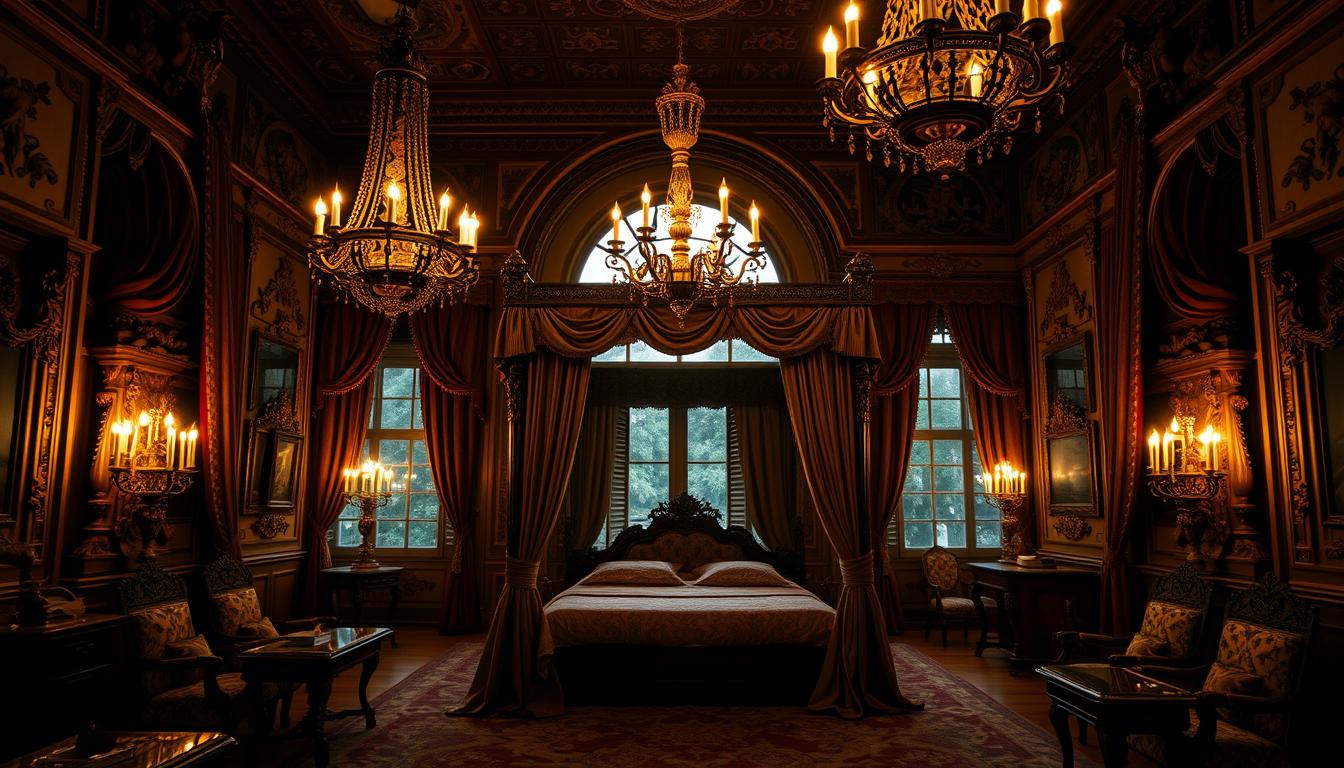Nuptial Bedding Ceremonies in European History
Nuptial bedding ceremonies in European history trace a fascinating journey from public spectacles to private rituals. These traditions mirror societal shifts in privacy, romance, and the influence of religion. Updated 2025, this guide explores their origins, transformations, and legacy. For a broader look at how intimate traditions shaped bedrooms, see our pillar guide on medieval rituals.
Key Takeaways
- Nuptial bedding ceremonies in European history affirmed the consummation of marriage, ensuring legal and social recognition.
- Religious institutions shaped, sanctified, and eventually privatized these ceremonies.
- Over time, the rituals reflected broader cultural moves toward privacy and romance in marriage.
- Today, symbolic gestures like carrying the bride over the threshold echo these ancient customs.

1. Origins of Nuptial Bedding Ceremonies
In medieval Europe, marriage was a public contract, not just a personal bond. Nuptial bedding ceremonies publicly acknowledged consummation, validating the union legally and socially. Communities often escorted couples to bed, sometimes remaining until they were settled under the covers. This ensured legitimacy of heirs, especially for noble families.
Local customs varied. In some regions, neighbors sang bawdy songs or played practical jokes, blending celebration with accountability. These traditions reinforced marriage as both personal and communal.
2. Religious Influences and Transformations
The rise of Christianity gave these rituals new meaning. Priests blessed marital beds, making consummation a sacred act. Over time, however, the Church encouraged modesty and privacy, reshaping once-public ceremonies into intimate practices.
According to the National Sleep Foundation, the intertwining of religious values and daily rituals often shaped broader social norms—marriage was no exception.
3. Noble Customs and Public Displays
Among the nobility, bedding ceremonies were political as much as personal. Royal couples in England, France, and Spain were escorted to their chamber amid music and laughter. Witnesses, including officials and family, stayed until the couple was in bed. These rituals reinforced alliances and secured dynastic futures.
Imagine a medieval court where the marriage of two noble houses united territories—the bedding ritual confirmed not just love, but power.
4. Shift Towards Privacy in the Early Modern Period
By the 17th century, ideals of romance and personal choice began reshaping marriage. Elaborate public bedding ceremonies waned, replaced by private moments. This reflected society’s growing respect for intimacy and individuality in relationships.
5. Enlightenment and Victorian Sensibilities
Enlightenment values of freedom and modesty deepened these changes. By the Victorian era, privacy and morality were paramount. Public bedding rituals disappeared, replaced with discreet acknowledgment of consummation.
Certifications and standards like those outlined in Sleepopolis mattress certifications today reflect similar cultural concerns with purity, safety, and propriety in everyday life.
6. Cultural Depictions and Folklore
Though the practice declined, bedding ceremonies lived on in stories, plays, and literature. Dramas often exaggerated them for comedy or scandal. Today, films and novels revisit the tension between public display and private intimacy in historical marriages, while modern couples keep the spirit alive through small symbolic gestures.
A Victorian bedroom highlights the shift from public rituals to private intimacy.

This historic artwork depicts nuptial bedding ceremonies in European history, showing how traditions balanced public spectacle and private intimacy.
Conclusion
The story of nuptial bedding ceremonies in European history reflects society’s evolving views on love, privacy, and marriage. From public rituals to private traditions, these customs show how deeply personal relationships are shaped by culture and faith. Visit Cozy Bed Quarters for more guides that make your bedroom a space for intimacy, meaning, and comfort.
FAQ
What were nuptial bedding ceremonies in European history?
They were traditions that confirmed marriage consummation publicly, ensuring legal and social recognition, especially for noble families.
How did religious institutions influence these ceremonies?
The Church sanctified the rituals, then gradually pushed for privacy, reshaping them into private moments.
Are there modern equivalents to these ceremonies?
Yes. Symbolic gestures like carrying the bride over the threshold preserve the tradition’s spirit.
Where can I learn more about sustainable bedroom practices?
Explore our resources on sustainable bed frames and eco-friendly bed frame materials.
Related reading from Cozy Bed Quarters
- Behind Closed Doors: Nuptial Bedding Rituals in Medieval Europe
- From Public Spectacles to Private Rituals
- Bedding Ceremonies: A Timeless Tradition
Other reading we found popular























